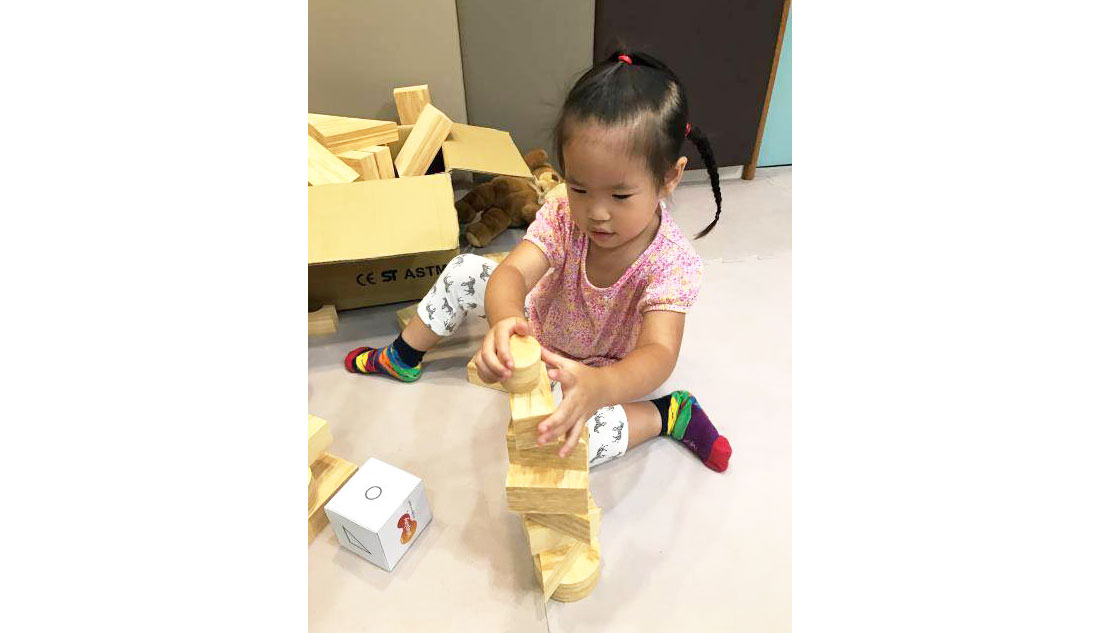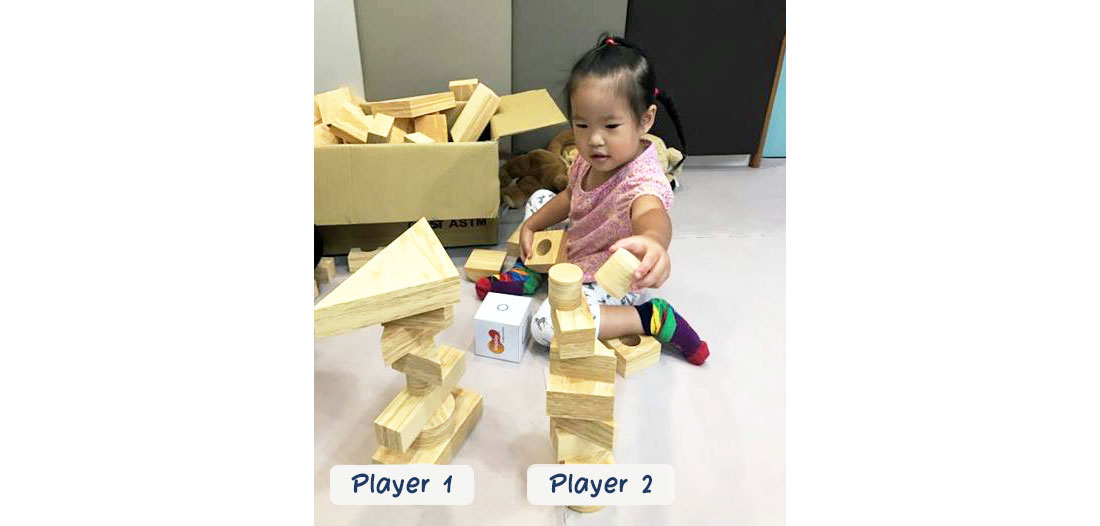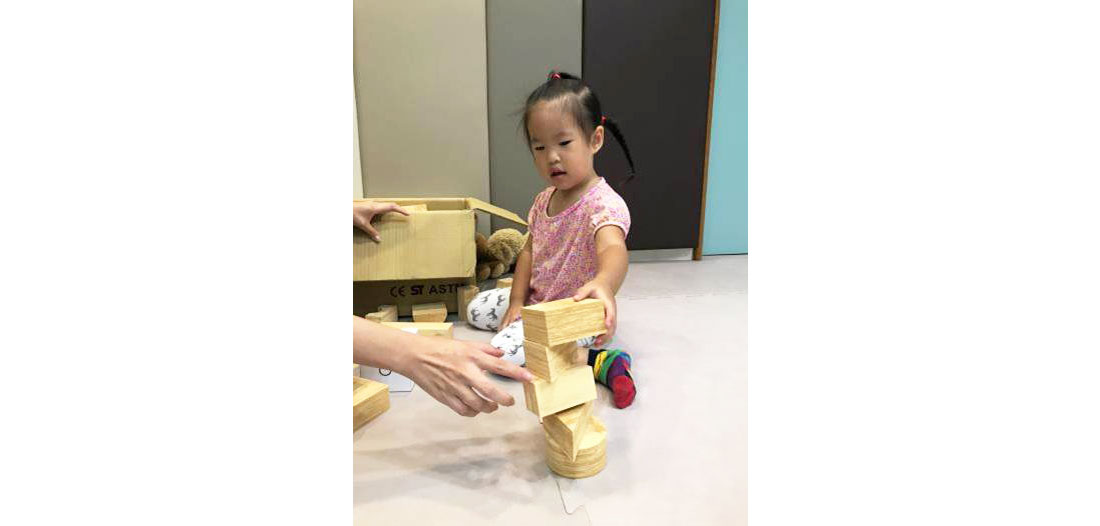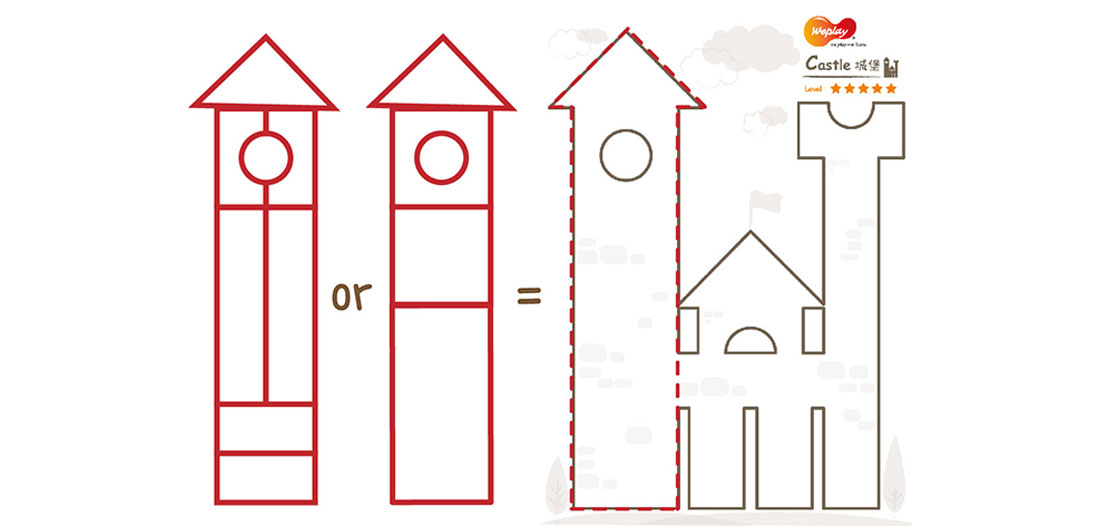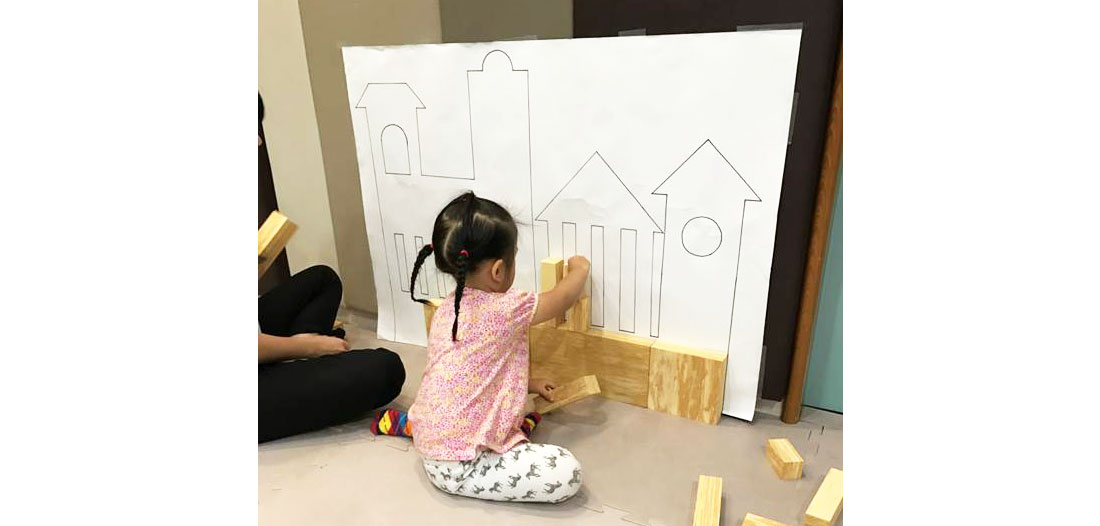Blocks play an important role in children’s lives. Children can not only enhance their capability of structural understanding but also improve gross motor skills and fine motor skills while playing. However, how do you choose an interesting and educational blocks? Today, we would like to share Softwood Blocks with you.
SOFTWOOD BLOCKS
- These lightweight, soft and durable building blocks are made of EVA material.
- Unique wood grain patterns mimic real wood.
- There will be no noise when falling.
- Safe and soft design, fun without the concerns of injury.
- Building blocks with different shapes provide small stacking or large construction fun.
ACTIVITIES
Tactile Perception
Children aged 0-2 learn about the world through their senses. Softwood Blocks include a variety of shapes, such as circle, square and triangle. Children can feel the angles and the smooth surfaces to stimulate their "visual & touch" development from playing. Besides, children like to take and throw blocks, which improves their gross motor skills and fine motor skills.
Babies around 6 months like to put everything in their mouths. Softwood Blocks meet the standard of Food Sanitation Act in Japan. If your baby “eats” blocks accidentally, don’t worry.
Shapes Recognition
Children aged 2-5 can identify some simple symbols. With children aged 2-5, we can play “name games" with children to help them recognize different shapes. In addition, Softwood Blocks are also very good material for teaching shape classification (size, length) and logical thinking training (triangle + triangle = square).
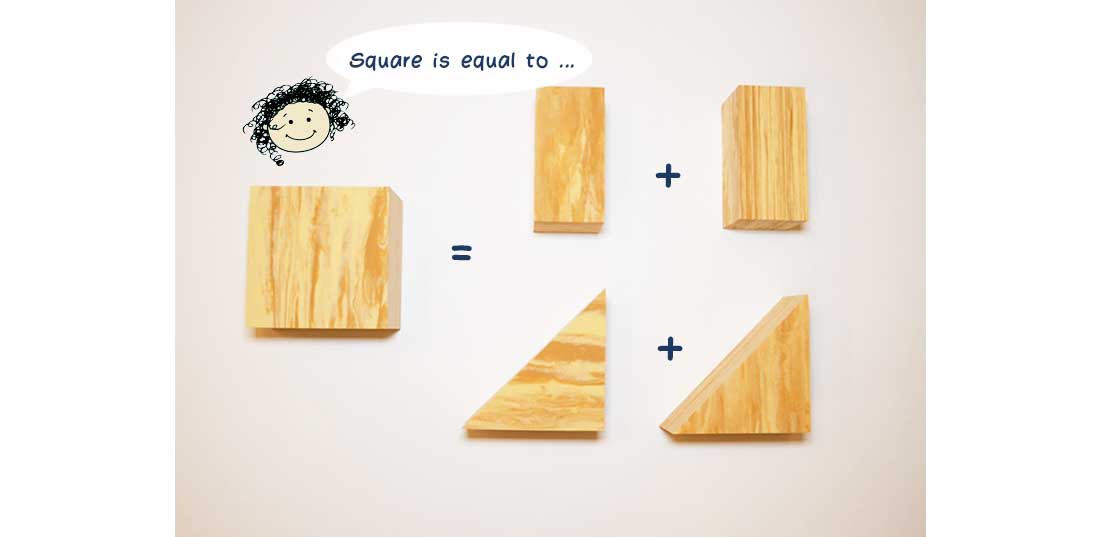

Stacking Games
Stacking is the most common way to play with blocks. Children need to enhance their muscle stability to stack the blocks tall.
【Dice game】
There are 2 dices, for a total of 12 sides.Each side has a different shape of Softwood Blocks and two of the sides have the Weplay logo. Children can throw the dice, and take one block which matches the shape showing on the dice. If it shows “Weplay”, children can take any shape or a designated shape.
With one small material, you can make simple games more interesting, and children can sharpen their spatial and geometric ability as well. The following are 3 different ways of playing:
1. Individual Game
Have children roll the dice, find the right shape and try to stack up as high as possible.
2. Group Game-1
Two players take turns to roll the dice and stack the Softwood Blocks that match the shape on the dice. Each player stacks its own tower, and the player that builds a taller stack wins the game.
3. Group Game-2
Players take turns to roll the dice and stack the Softwood Blocks that match the shape on the dice. All the players stack blocks onto the same tower, and the player who makes the tower fall loses the game.
2D Puzzle Game
Instead of construction and stacking games, we provide difficulties from 1 star to 5 star, with a total of 23 kinds of puzzles for different ages. The game is suitable for children to play on their own or together with peers or parents.
The size of patterns on the cards is exactly the same as Softwood Blocks. It is easy for children to match the patterns.
For age 5+, they have basic logical thinking ability. They can try to complete the puzzle to different solutions.
3D Puzzle Game
If you want to try something more challenging, use papertape to outline the shape of blocks on the wall/paper. Children can develop structural concepts through thinking about how to build blocks and encourage teamwork and peer interaction by cooperating with others.



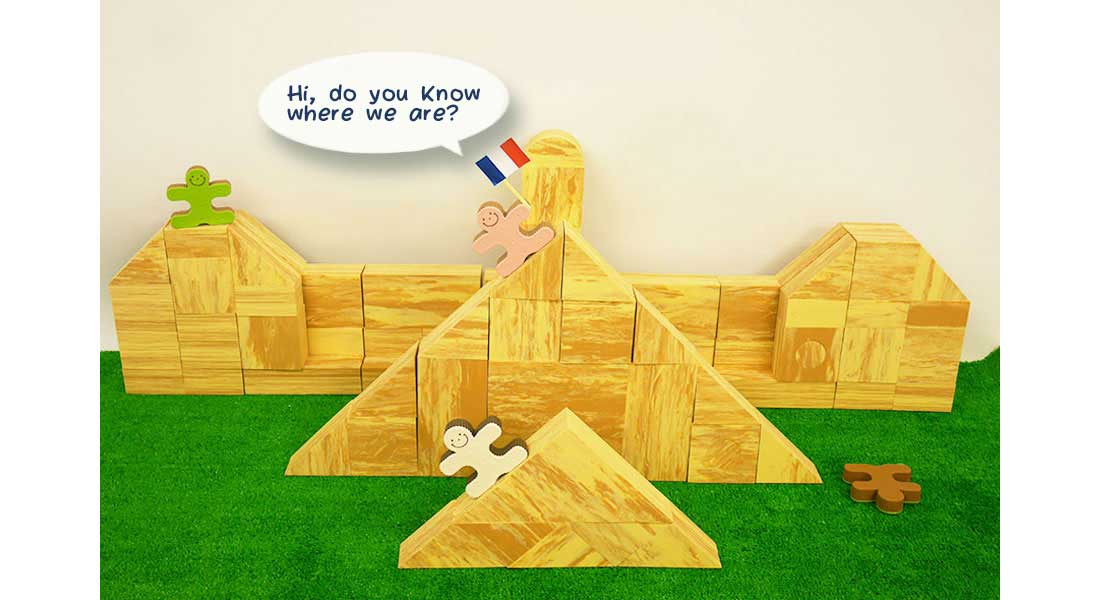



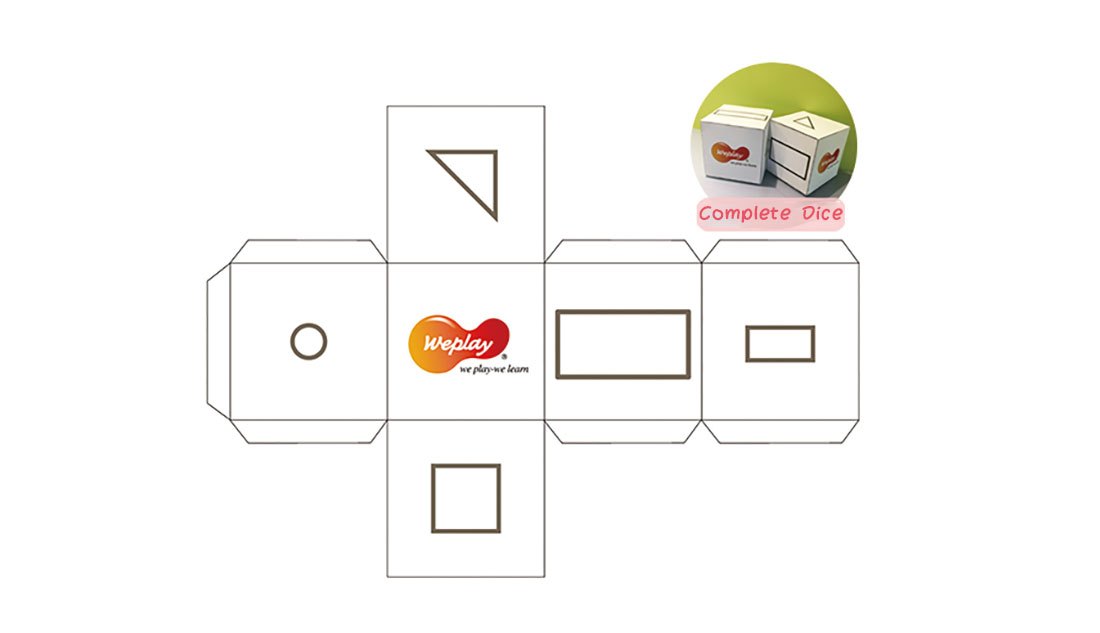 Download here ► https://bit.ly/309cf3A
Download here ► https://bit.ly/309cf3A